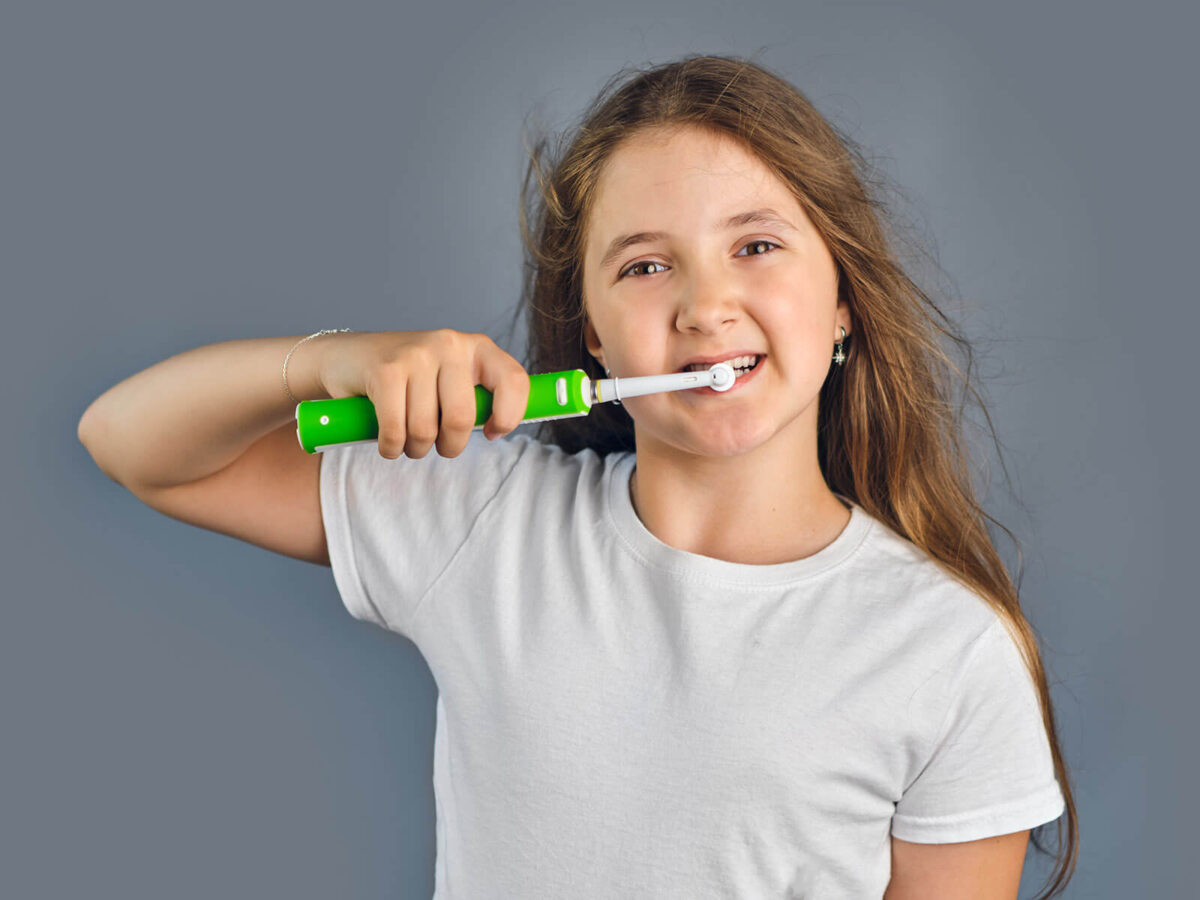Cypress Dental is a name you can trust if you live in Texas and require orthodontic treatment from a trustworthy provider. A brace is a standard orthodontic tool used to progressively straighten teeth. For treatment to be effective, braces must be tightened. Although this can occasionally cause irritation and discomfort.
How To Deal With Pain After Tightened Braces
There are a few things you can do to reduce stiffness and improve how comfortable the braces tightening process is.
1. Oral Anesthesia
A quick and simple way to ease braces pain is to simply apply an oral anesthetic to uncomfortable areas of the teeth and gums. Oral anesthetics desensitize your teeth and gums to lessen the discomfort associated with teeth moving.
2. Tablets for Pain Relief
If you usually get some soreness following your orthodontic visit, take the prescription an hour in advance. You’ll feel less pain and discomfort both during and after your session if you follow through on this.
3. Cooling Pack
The mouth can become numb to cold temperatures, which also reduces inflammation and eliminates pain. If you have an icepack or gel icepack, this might be useful. To ease the pain of your braces, just apply it on the exterior of your mouth.
4. Chilled Water with Ice
If none of these are accessible, a straightforward glass of ice water can also work. Drink some refreshing ice water to help numb your mouth and ease some of the pain and suffering after your orthodontic session.
5. Soft Foods
Standard wire braces have various restrictions, especially about eating. Examples of these include hard candies, gum, and tough-to-chew foods. When you receive your braces, after each tightening, you should avoid eating anything hard.
6. Dental Wax
After your session, your orthodontist will probably send you home with orthodontic wax, a unique wax shielding your gums, inside of your lips and cheeks, from the braces’ brackets. The wax is a barrier to prevent your mouth from being irritated by the brackets’ sharp ends.
Follow the instructions that your orthodontist has recommended. No harmless wax should get into your mouth, but remove it before cleaning your teeth. Reapply after brushing your teeth and after eating.
7. Mild Wash
Although freezing temperatures undoubtedly work, a warm salt water rinse also works. Any cuts or sores from the braces you may have on your gums and mouth can be healed by gurgling with warm salt water.
8. Massage The Gums
If rubbing a stiff shoulder helps, why not massage your gums to relieve pain? It’s simple.
All you have to do is gently massage your gums in a circular motion with your finger. Massage your gums after rubbing them with an ice cube for best results. However, it is only long enough to soothe your swollen gums.
9. Keeping Your Teeth Healthy
The most crucial thing to remember when wearing braces is that you need to prevent gum disease and tooth decay by maintaining the cleanliness of both your teeth and the braces.
Food residue will stick to the brackets and wires, so you must clean them. To do away with all the meal particles left over from your meal, use mouthwash and floss lightly after every brushing.
10. The Need for Patience
Being patient is the most vital recommendation to get through this transitional phase. Remember that your remaining intention is to have a lovely, healthful smile. The pain and suffering will subside within a few days, but taking good care of your new smile will remain forever.
Specific Situations To Avoid When Using Braces
1. Hard foods: This kind of food can break or damage brackets and brace cables. Examples include eggs, ice, and hard candy.
2. Sticky food: Food attached to braces can make cleaning difficult and increase the risk of tooth decay. Chewing gum, caramel and toffee should be avoided.
3. Sugary foods and drinks: Consuming excessive sugar can aggravate tooth decay, mainly if dental implants are worn. Stay faraway from sugar-filled drinks, goodies, and snacks.
4. Few seeds: If there are few seeds, together with strawberries or sesame seeds, tough fillings may be painful and tough to smooth
Conclusion
Making the right orthodontic treatment choice, like visiting Cypress Dental Office TX, can make teeth straightening easier.
An orthodontist who is up to date on the newest developments in orthodontics and who cares about your well-being will do everything in their power to help you feel comfortable throughout your treatment.
You must make a tiny change-off to get your enamel directly for appropriate if wearing braces for a few days. Additionally, those braces’ ache relief answers paintings nicely. So keep moving ahead within the course of a shiny smile! Consult Cypress Dental Office TX in case your ache persists.





